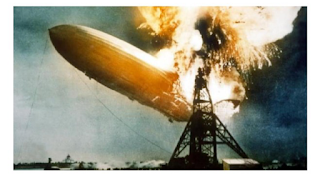Variable Capacitor Analysis.
Variable Capacitor Analysis
Bill Jones
The capacitor to be analyzed is shown in Figure one. It is desired to find the capacitance C (A+B) and how it varies with respect to d.
Figure one shows two capacitors. For our analysis they will be connected in parallel. The stators are separated by a distance x and the distance d is from stator A to the rotor. We are interested in the total capacitance C (A+B). The rotor thickness is negligible for our purpose. We normalize for simplicity.
A=area in cm. squared. K=1 (dielectric constant). d=distance in cm. C in pf.
We set x=1 and P=1 for simplicity since we are not interested in the absolute value. This will give equation2. A plot of the equation is shown in Figure 2. If we imagine the rotor plate to be perfectly centered at d=0.5, the capacitance is a minimum value. If d varies in either direction from d=0.5 the capacitance increases. If d changes from 0.5 to 0.15 (or d=0.85), the capacitance will almost double. If d changes from 0.5 to 0.4 (or 0.6) the capacitance varies from 4 to 4.17 and this is only 4 percent but for a typical 300 pf. capacitor this would give a 12-pf variation. This can detune the circuit. This is an important result.It is advisable to be extremely careful when aligning these variable capacitors.
Questions or Comments?
Please e-mail me at whnj
Thanks, Bill.
1
Equation 2 C(A+B) = C(total) , C(total) =
d( 1 – d)





Comments
Post a Comment